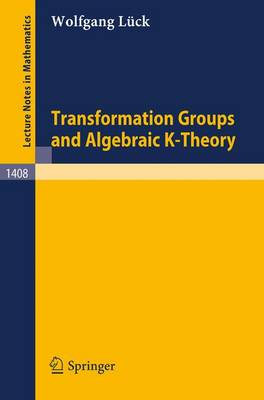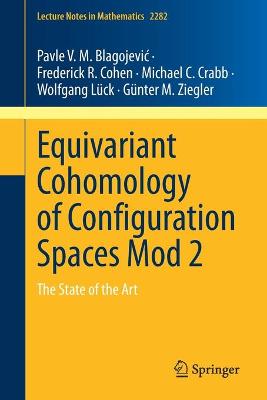Lecture Notes in Mathematics
2 primary works
Book 1408
Book 2282
Equivariant Cohomology of Configuration Spaces Mod 2
by Pavle V. M. Blagojevic, Frederick R. Cohen, Michael C. Crabb, Wolfgang Luck, and Gunter M. Ziegler
This invalidates a paper by three of the authors, Blagojević, Lück and Ziegler (2016), who used a claimed intermediate result in order to derive lower bounds for the existence of k-regular and ℓ-skew embeddings. Using the new proof of Hung's main theorem, new lower bounds for the existence of highly regular embeddings are obtained: Some of them agree with the previously claimed bounds, some are weaker.
Assuming only a standard graduate background in algebraic topology, this book carefully guides the reader on the way into the subject. It is aimed at graduate students and researchers interested in the development of algebraic topology in its applications in geometry.

